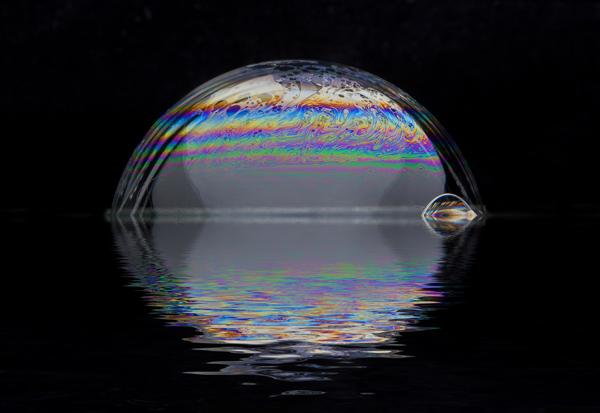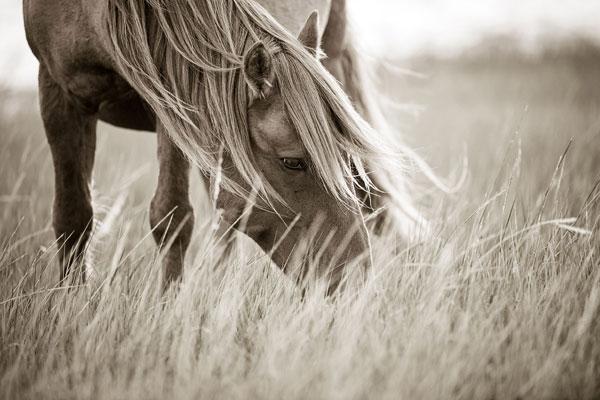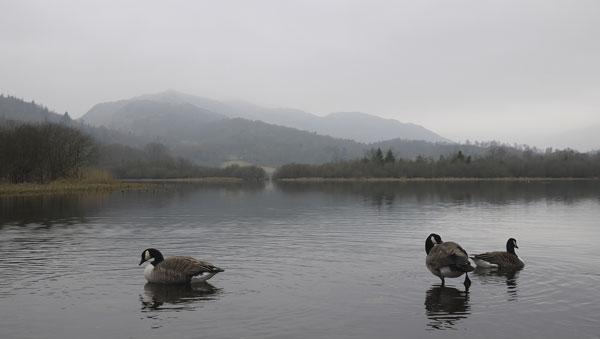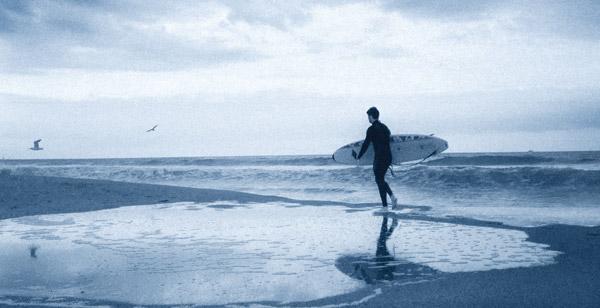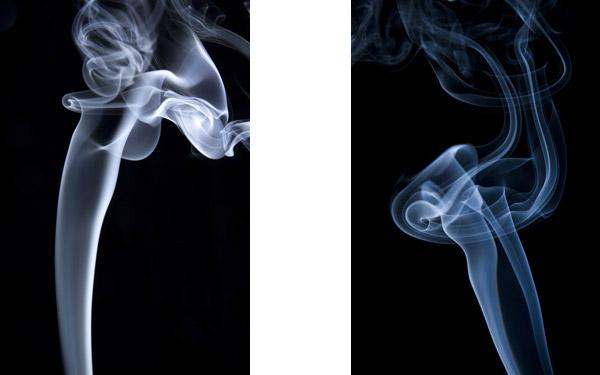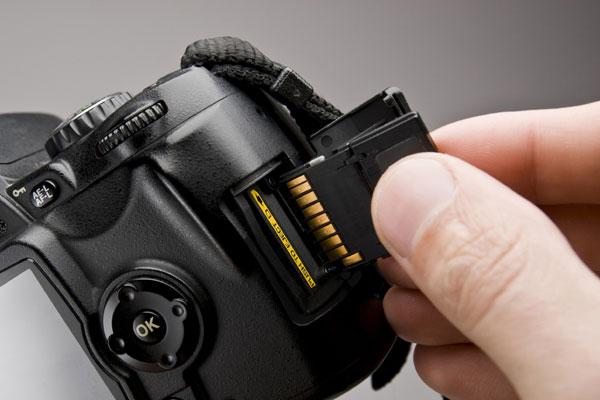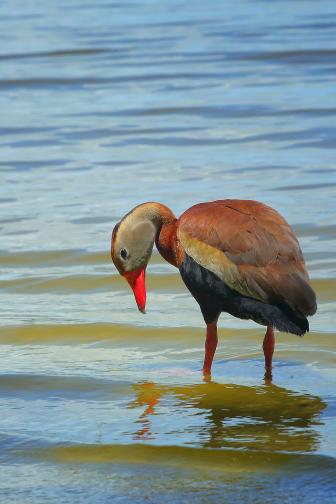Pro Techniques
Sort By: Post Date TitlePublish Date
|
Jun 20, 2014
|
Jun 20, 2014
|
Jun 20, 2014
|
Jun 20, 2014 |
First Published: May 01, 2014
|
Jun 20, 2014 |
First Published: May 01, 2014
|
Jun 12, 2014 |
First Published: Apr 01, 2014
|
Jun 05, 2014 |
First Published: Apr 01, 2014
|
Jun 03, 2014 |
First Published: Apr 01, 2014
|
May 30, 2014 |
First Published: Apr 01, 2014
|
May 30, 2014 |
First Published: Apr 01, 2014
|
May 28, 2014
|
May 28, 2014
|
May 28, 2014
|
May 28, 2014
|
May 23, 2014 |
First Published: Apr 01, 2014
